At CES, the robotic revolution just took a significant step forward with this compact home help
The Roborock Saros Z70, revealed at CES 2025, marks the evolution of the autonomous robotic vacuum to a smart, sock-clearing robot that’ll tidy as well as sweep
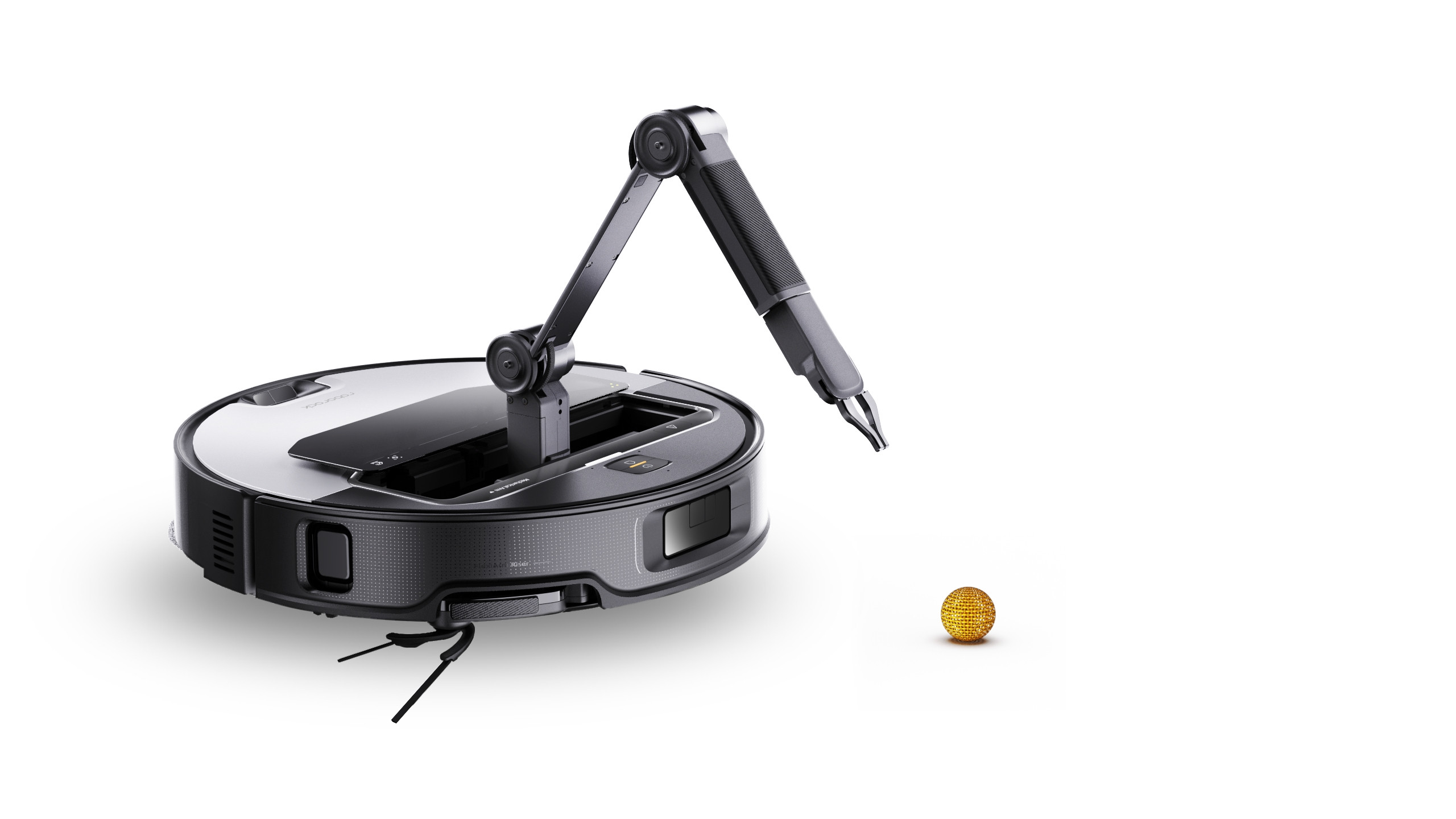
Odds are that your first domestic robot will be – or already is - a vacuum cleaner. According to the Chinese manufacturer Roborock, we’ve been sharing our homes with robotic cleaning devices for nearly three decades – the first robot vacuum was Electrolux’s Trilobite, originally announced in December 1997.
At around the same time as the Swedish company’s puck-shaped, radar-controlled machine, the American start-up iRobot was gearing up to launch the Roomba, which eventually came to market in 2002 and enjoyed a certain cachet with the first wave of loft-living dot-commers.
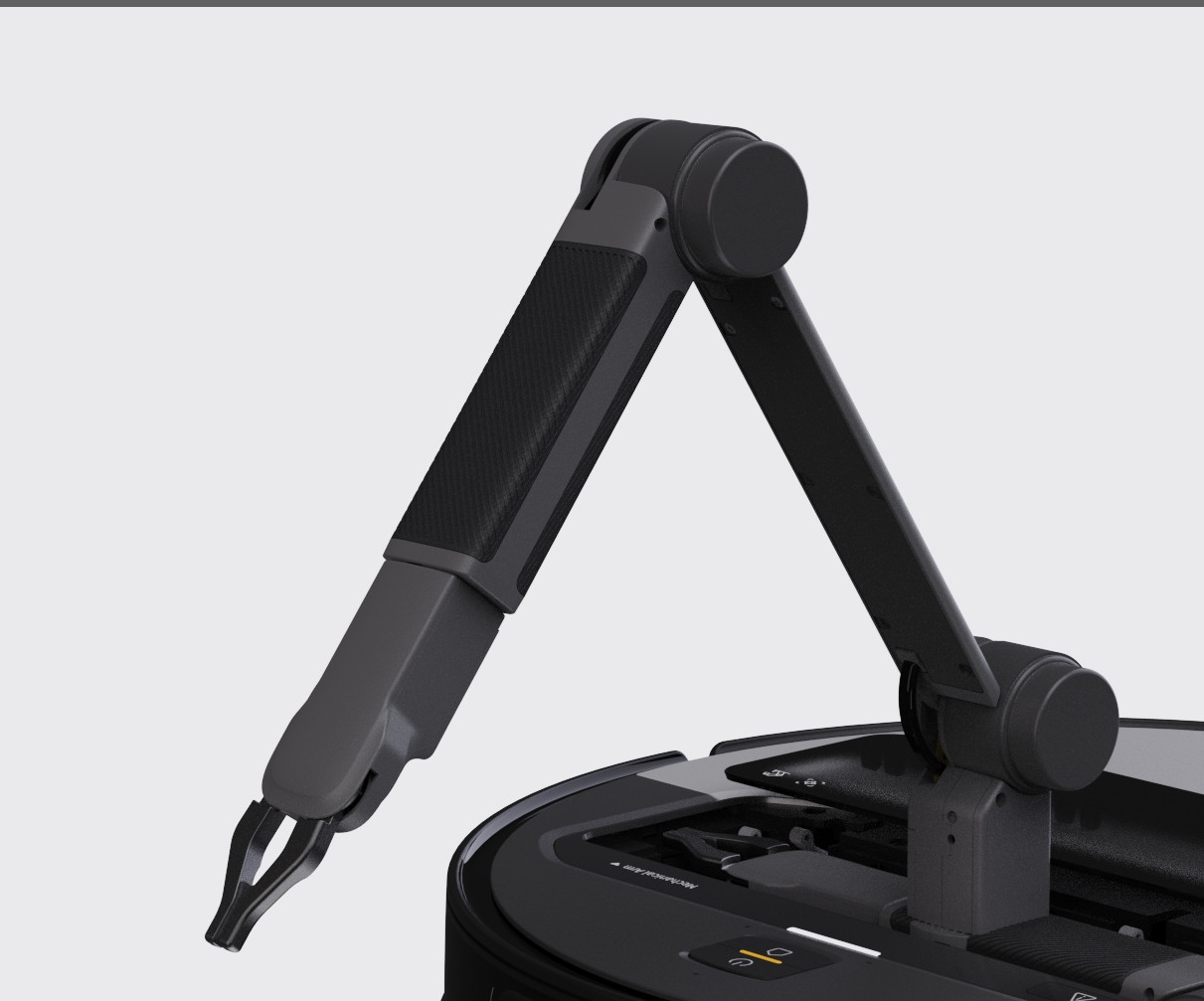
The Roborock Saros Z70 contains an OmniGrip robotic arm
Roborock believe they’ve taken another step forwards with the introduction of the new Saros Z70. The innovation here is the addition of ‘OmniGrip’, a five-axis robotic arm integrated into the top of the cleaner. The arm is capable of picking up things left scattered in the robot’s path, with an initial maximum lift of 300g and the promise of more power to come with future updates.
The Roborock Saros Z70 tops the company’s existing range of robotic cleaning machines, alongside other new releases like the Saros 10 and 10R, also shown at CES. The company also makes conventional vacuum cleaners, with the powerful F25 Series 2 debuting at the show as well.
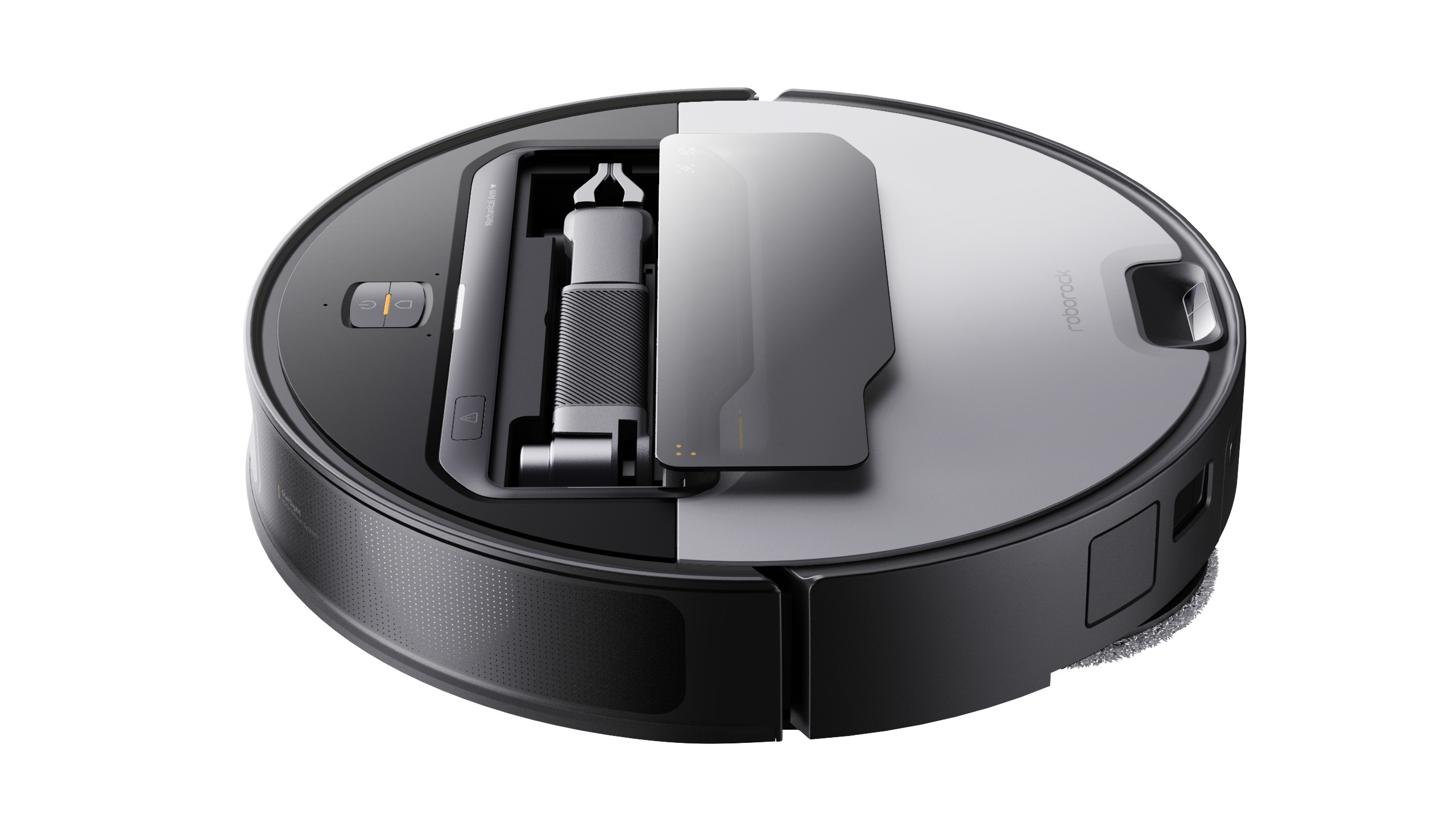
The Saros Z70 is under 8cm tall: the arm stows neatly in the top
The new robot’s features include mopping capabilities, an AI-driven obstacle avoidance system that uses a combination of cameras and 3D sensors. The system is also programmed to recognise over 100 ‘common’ obstacles like socks and toys, with the foldable OmniGrip swooping in to decide whether something is small enough to be picked up and stashed out of the way in a pre-programmed spot, or just navigated around if it’s too heavy. When not in use the arm folds away into the top of the slim puck – less than 8cm tall.

Roborock also launched the Saros 10R, shown here with its docking station
The little device will do a first pass on your floors, noting the location of discarded objects, before returning to scoop them up and then coming back a third time to clean the areas it missed. There’s an accompanying app that’ll let you define specific objects to be collected or ignored. The low design lets it scoot beneath most furniture and the ride height is automatically adjusted to cope with deeper carpets.
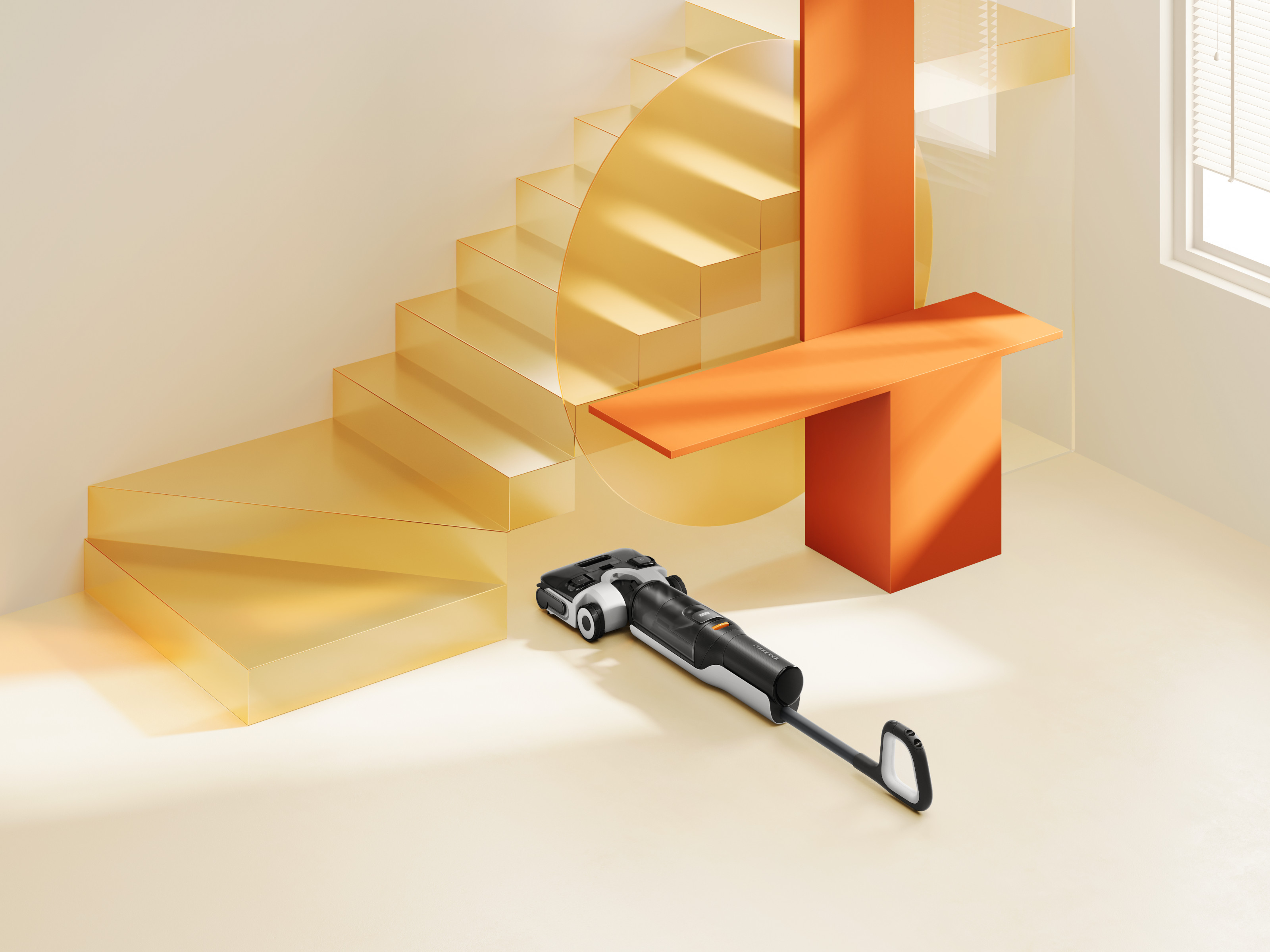
Also new, the flexible - but very manual - Roborock F25 Series 2 vacuum cleaner
The Saros Z70 can be paired with the separate Roborock Multifunctional Dock 4.0, which automatically changes the battery and cleans and detaches the mop function when it’s not needed. The app also lets you check in to the robot’s camera system for peace of mind when you’re out and about, and there’s the ability to photograph your pets or even roam the house and seek them out. Voice activated operation via Alexa, Siri and Google Home is also available, along with an Apple Watch app.
Receive our daily digest of inspiration, escapism and design stories from around the world direct to your inbox.
More information at Global.Roborock.com
Jonathan Bell has written for Wallpaper* magazine since 1999, covering everything from architecture and transport design to books, tech and graphic design. He is now the magazine’s Transport and Technology Editor. Jonathan has written and edited 15 books, including Concept Car Design, 21st Century House, and The New Modern House. He is also the host of Wallpaper’s first podcast.
-
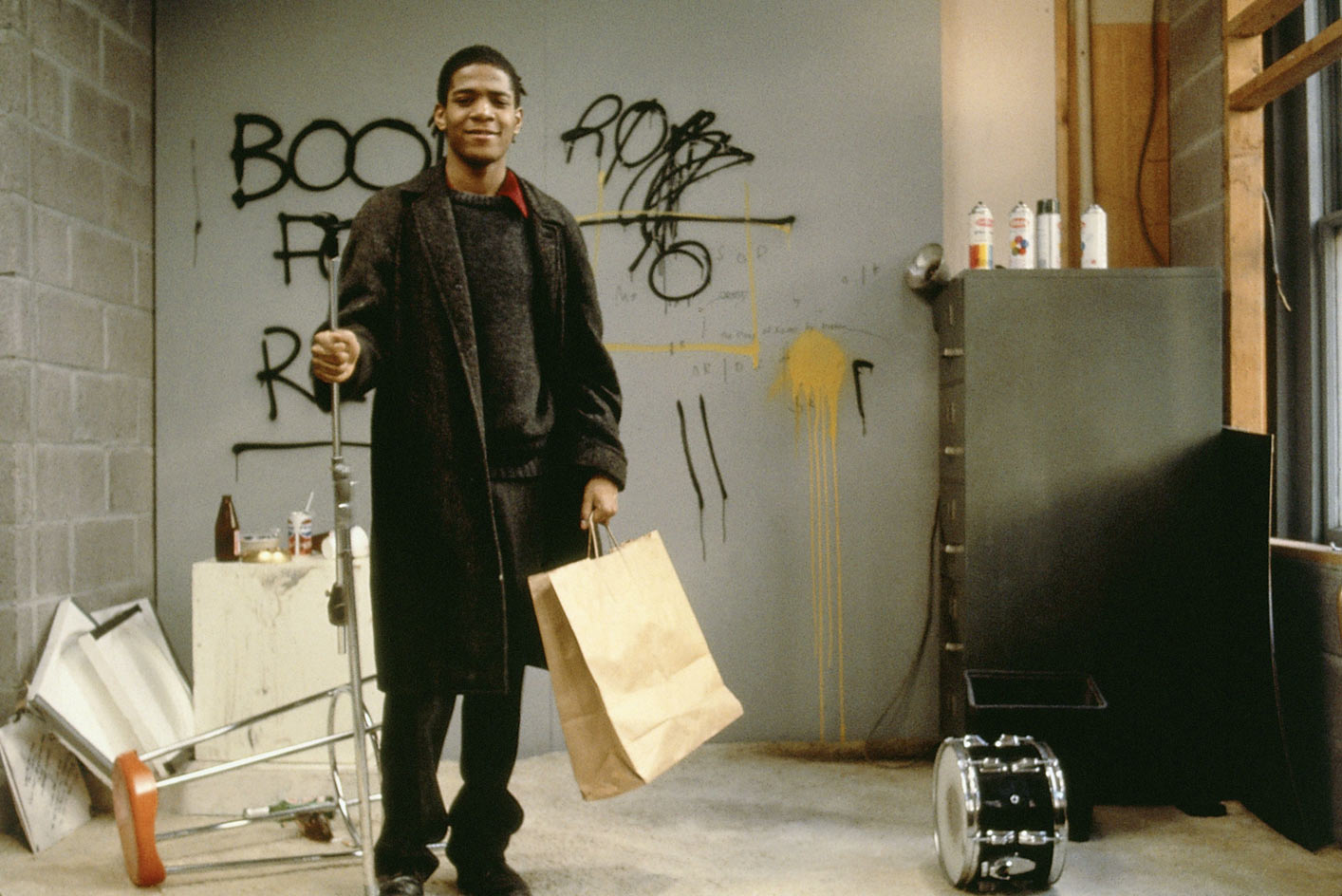 Modern masters: the ultimate guide to Jean-Michel Basquiat
Modern masters: the ultimate guide to Jean-Michel BasquiatNew York artist Jean-Michel Basquiat centred the Black subject in political, electric works which resist easy definition
-
 The Citroën Ami Dark Side is a special edition electric city car with a true Halloween vibe
The Citroën Ami Dark Side is a special edition electric city car with a true Halloween vibeTrick or treat? The Dark Side edition of the tiny Citroën Ami is a gothic delight for micro-minded commuters
-
 The Architecture Edit: Wallpaper’s houses of the month
The Architecture Edit: Wallpaper’s houses of the monthFrom Malibu beach pads to cosy cabins blanketed in snow, Wallpaper* has featured some incredible homes this month. We profile our favourites below
-
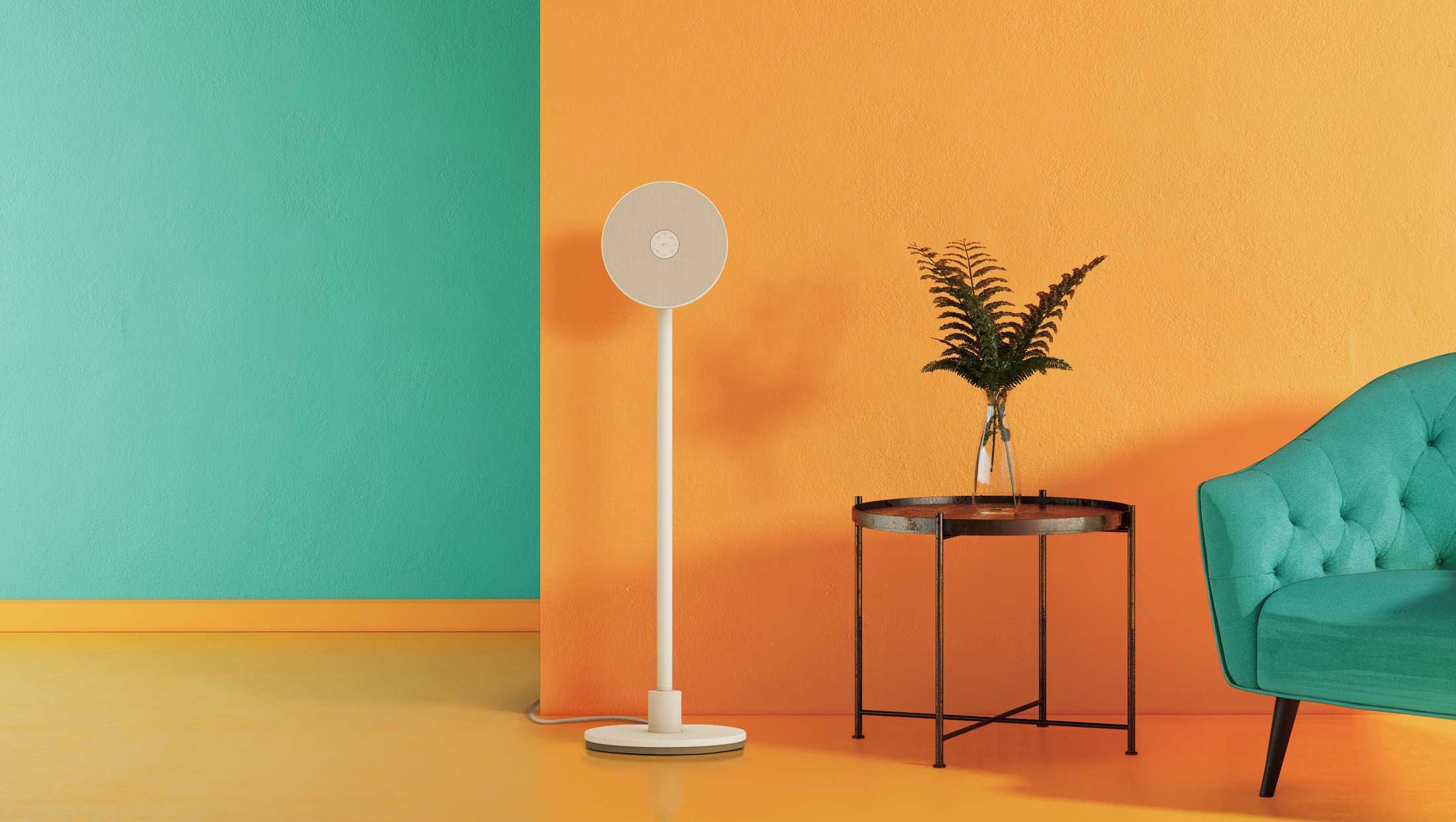 CES 2025: we select the best new tech for home and workplace
CES 2025: we select the best new tech for home and workplaceTen new devices that’ll help define the domestic realm and the world of work, should you wish to immerse yourself still further in the algorithmic mire
-
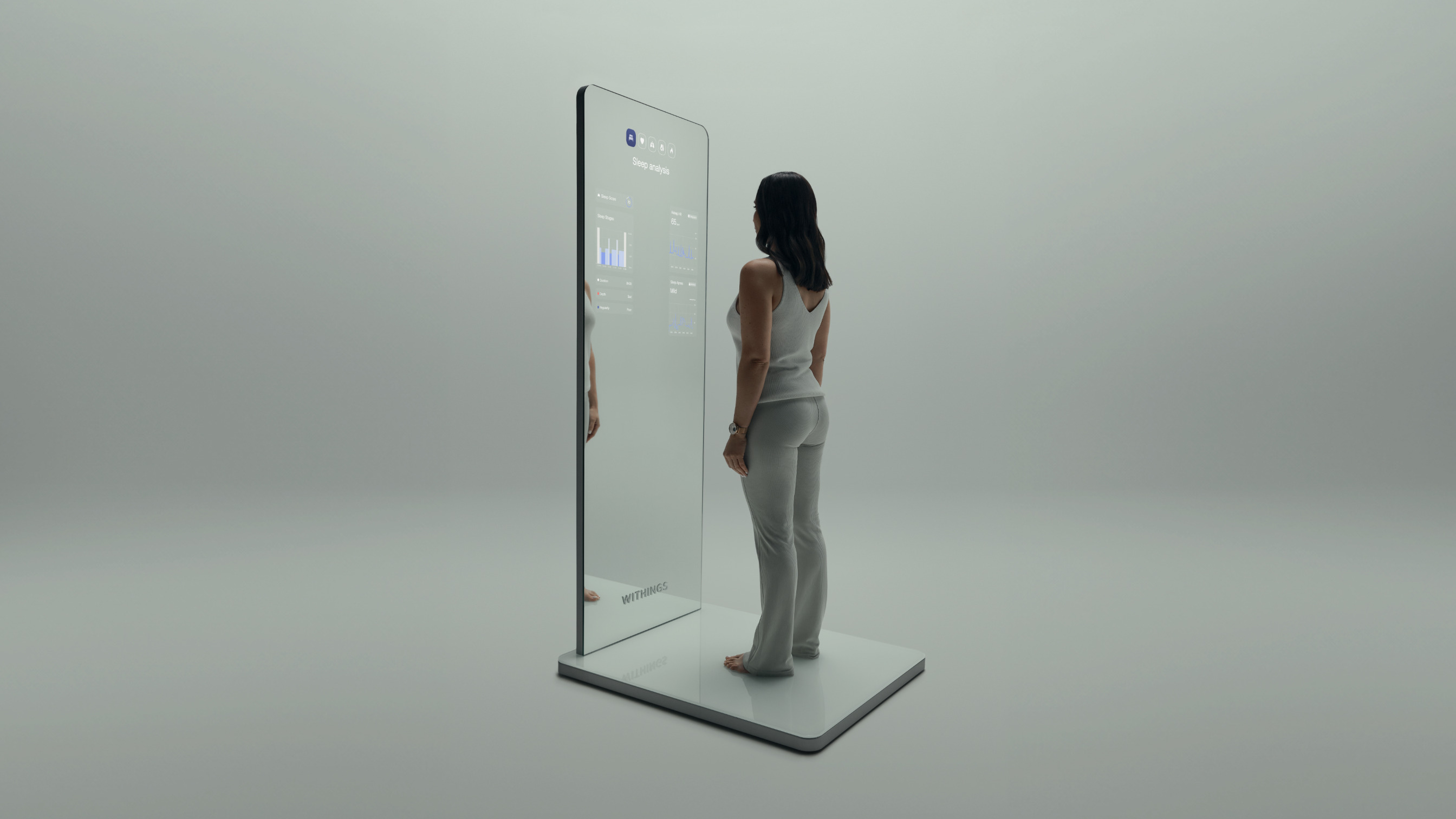 CES 2025: a collection of this year’s conceptual tech and real-world innovations
CES 2025: a collection of this year’s conceptual tech and real-world innovationsRobots of every shape and size were on display at CES, some with more promise than others, along with new approaches to art, health and entertainment
-
 CES 2025: best audio launches from Las Vegas
CES 2025: best audio launches from Las VegasThe news from CES was that good things come in small packages, at least when it comes to contemporary audio devices
-
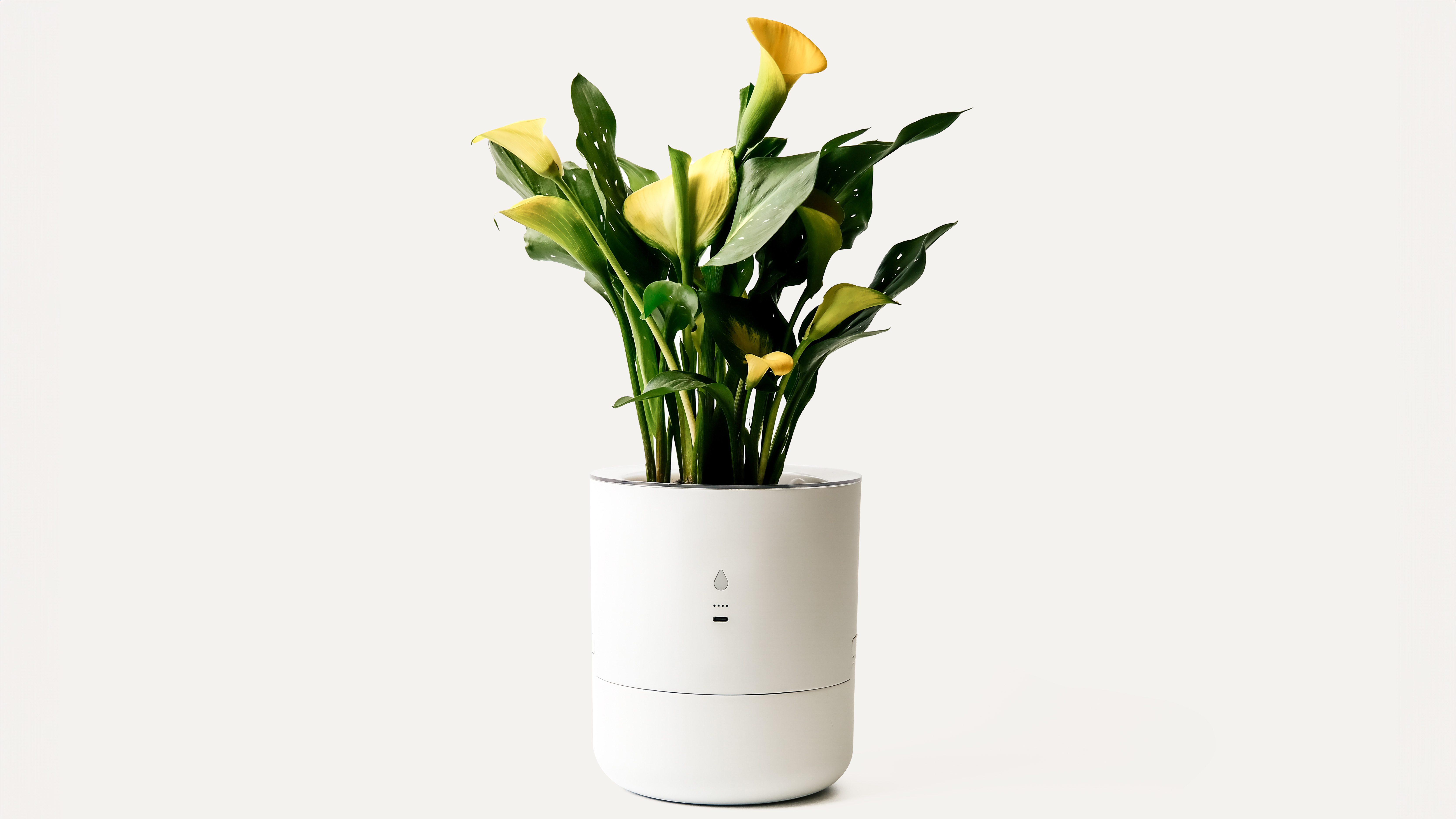 At CES, a self-watering pot that listens to your plant's needs
At CES, a self-watering pot that listens to your plant's needsHopeless with houseplants? This AI-assisted invention gives your little green friends a voice
-
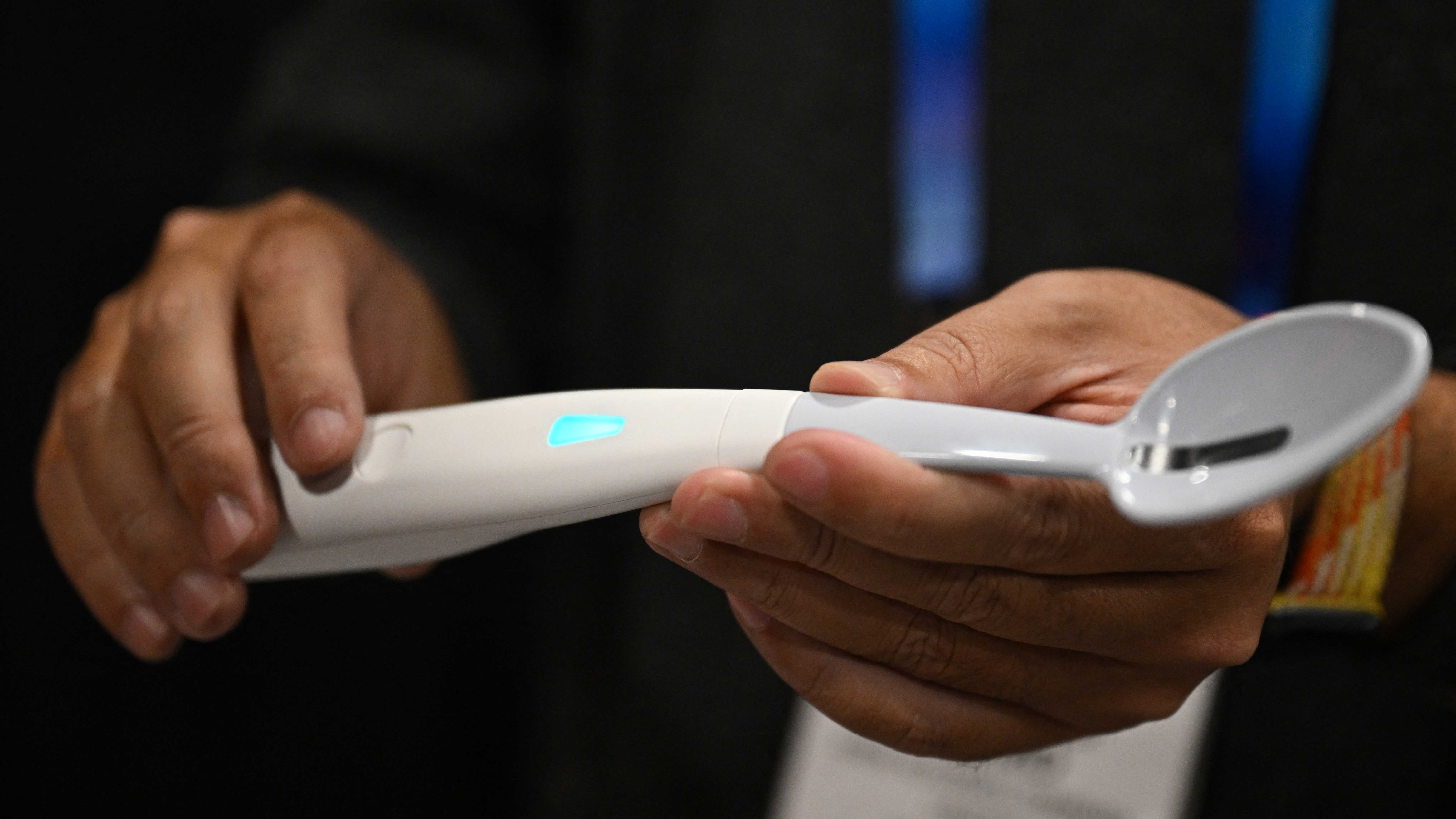 Kirin’s Electric Salt Spoon is the most bizarre exhibit at this year’s CES
Kirin’s Electric Salt Spoon is the most bizarre exhibit at this year’s CESThe innovative device sends an actual electric shock to your tongue, which makes your food taste saltier than it really is
-
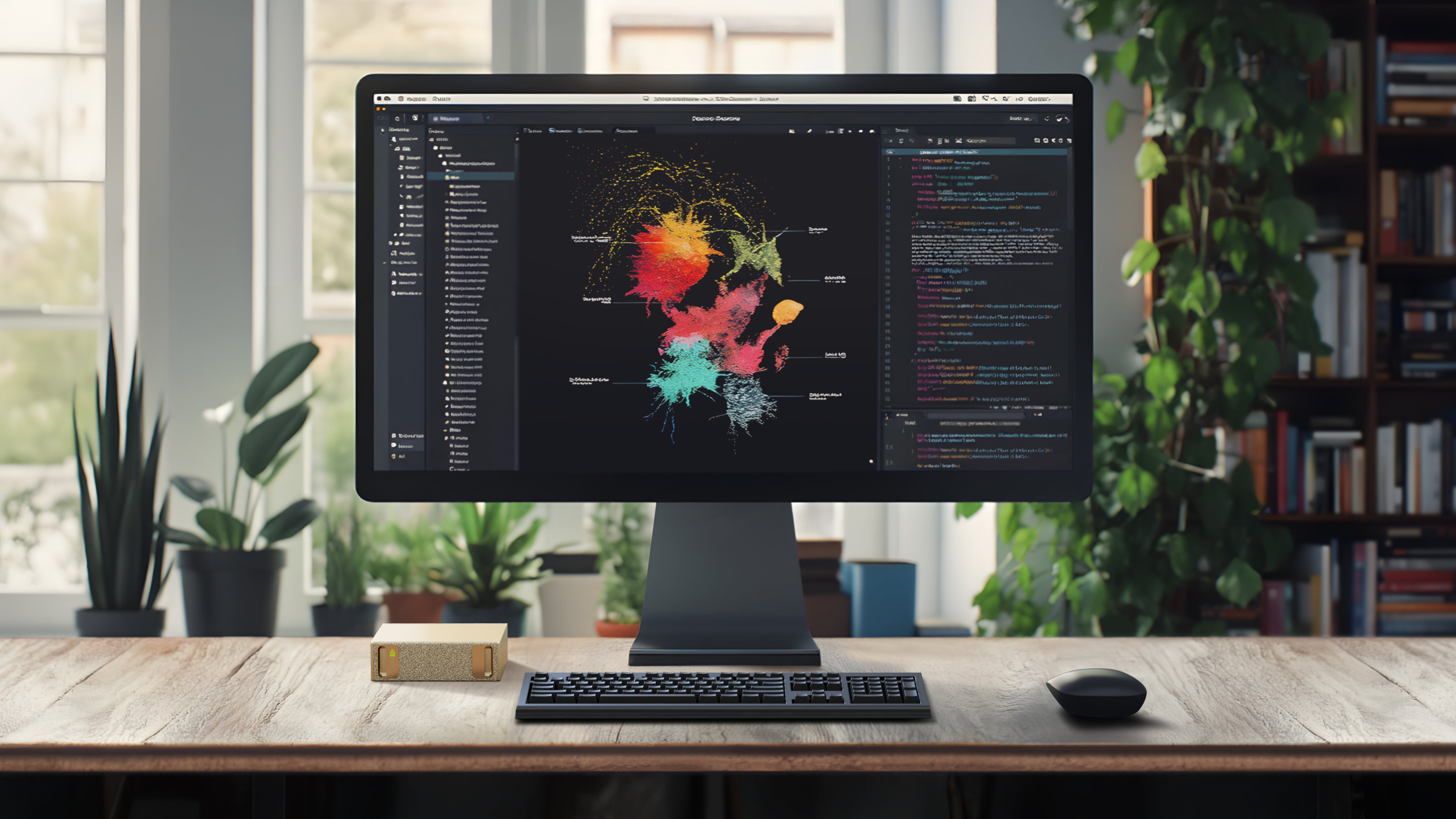 At CES 2025, Nvidia accelerates towards an AI-driven, robotic-powered autonomous future
At CES 2025, Nvidia accelerates towards an AI-driven, robotic-powered autonomous futureNvidia reveals a personal AI supercomputer, digital replicants of the physical realm, and chips to give cars and robots their long-awaited true autonomy
-
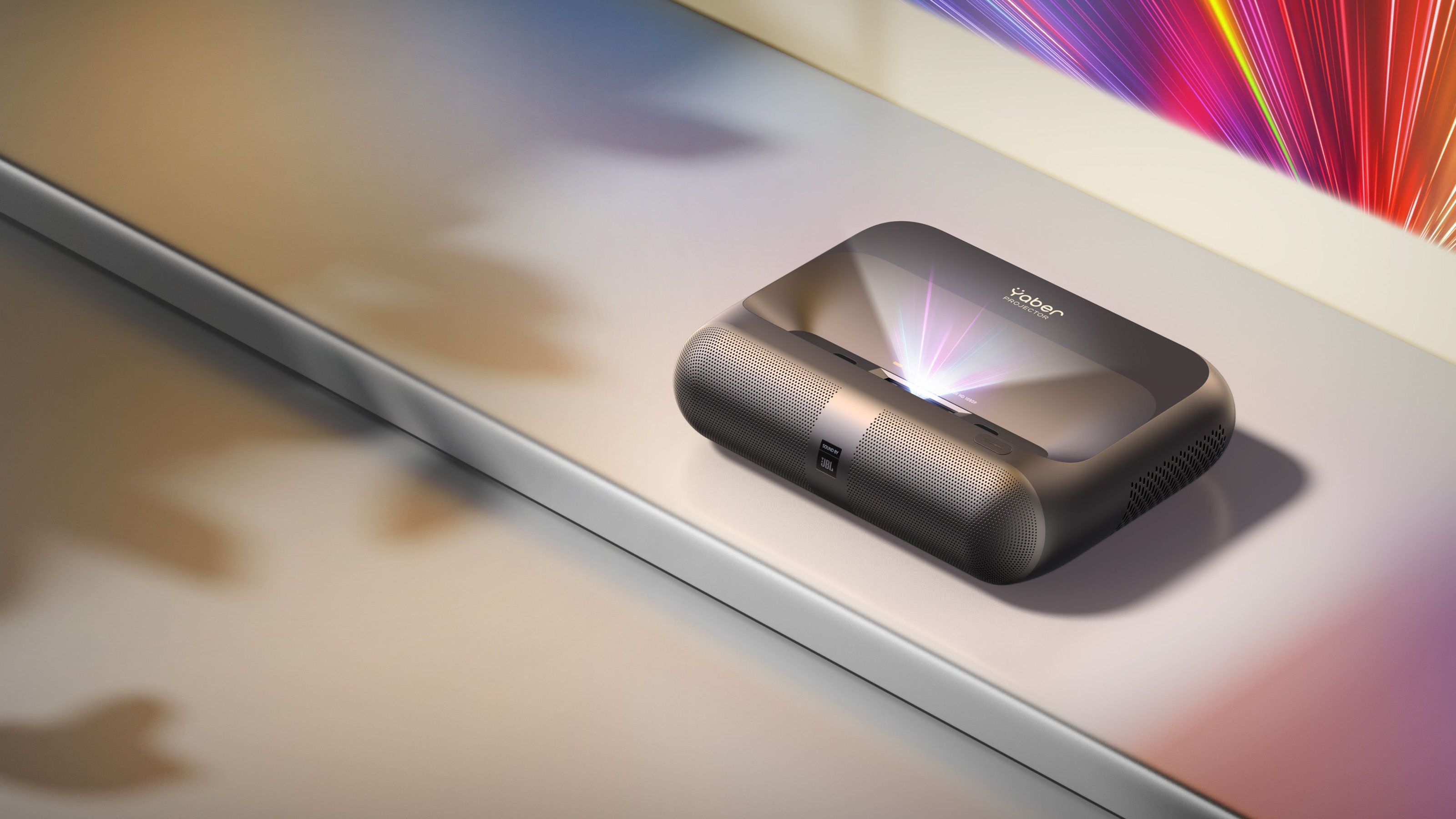 Shine on: Yaber brightens home entertainment with two new compact projectors
Shine on: Yaber brightens home entertainment with two new compact projectorsYaber showcased new projectors at CES 2025 – its first ultra-short-throw device, as well as an ongoing collaboration with the estate of Keith Haring
-
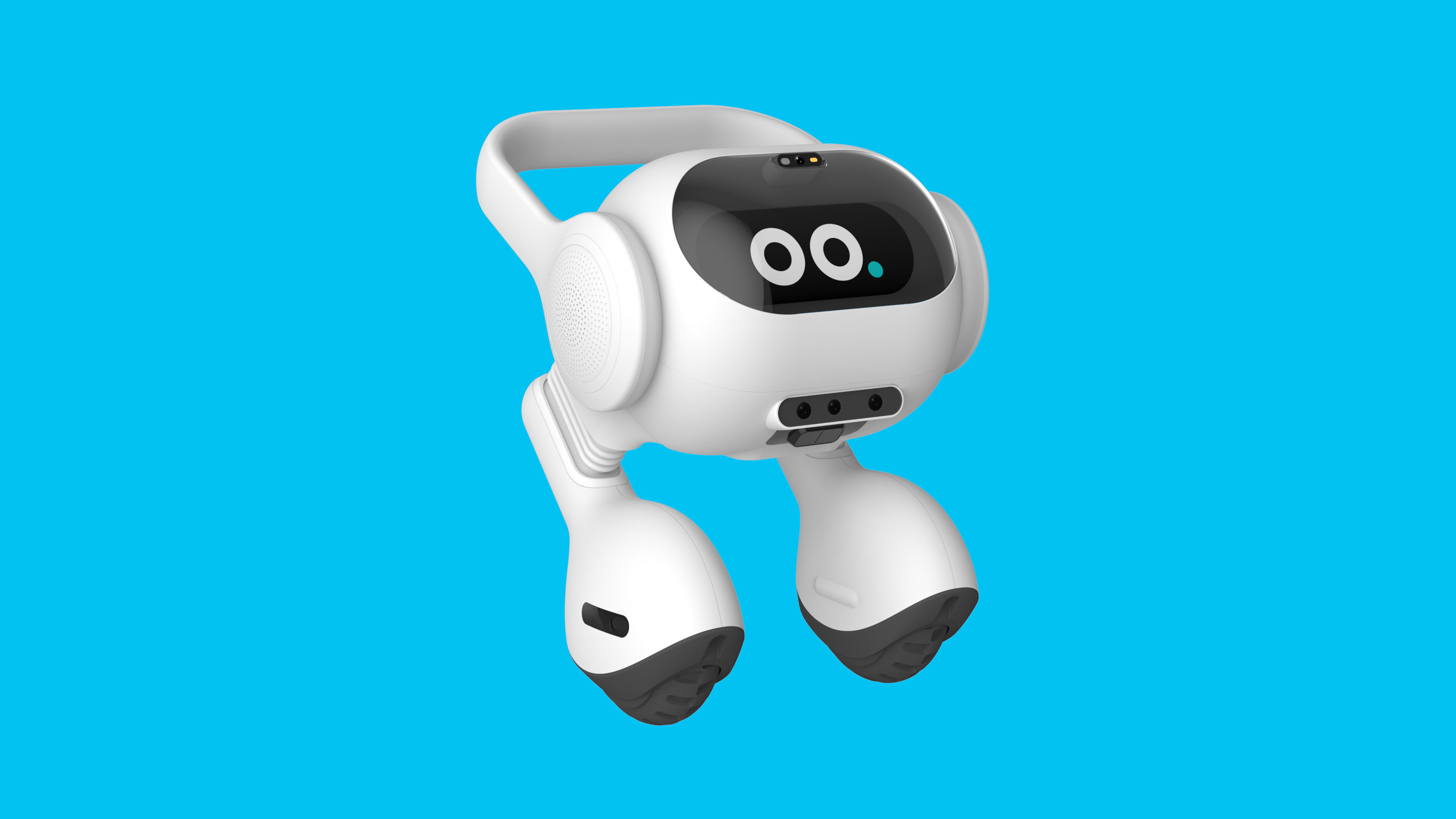 CES 2024: truly all the tech you need and then some
CES 2024: truly all the tech you need and then someThe best tech of CES 2024, from next-level laptops to mindful mirrors, audacious audio and more innovation than you can shake a smart bot at